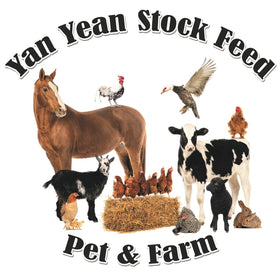Laminitis in Horses and Ponies
Laminitis is usually caused by obesity and an overload of sugars and starches in the small intestine where they are usually absorbed. These starches and sugars flow into the hindgut and kill off the hindgut microflora which release into the bloodstream. These toxins cause the blood vessels in the laminae within the hoof to dilate. It can also be caused by toxemia from retaining afterbirth, drugs, stress, work on hard surfaces and overloading of one foot due to injury of the adjacent limb.
Laminitis is inflammation of the laminae that connects the internal hoof structures to the outside hoof wall. “Founder” is when there is separation and causes the pedal bone inside; to rotate down and/or sink. Extreme cases are called “sinkers” from which recovery is doubtful and a long painful process in which euthanasia is often the kindness outcome.
Quite painful; symptoms are heat in multiple feet (check early on a cold morning), a digital pulse (how to find will be available on youtube), and in acute cases, the horse or pony leaning back on their heels to gain relief. It often appears in front feet first but also affects the hind feet.
Subtle signs can be shifting weight in front when resting, tenderness when walking on hard ground, walking gingerly on usual surfaces.
Spring is often the time for feed induced cases occurring, due to the rapidly growing grass that is full of sugar. Autumn also can be a time due to fresh growth after a long dry spell. Don’t be deceived by short grass, as this is often higher in sugar.
Horses that have had prior laminitic episodes will be prone to repeats if preventative measures are not taken.

Treatment:
- A vet will be required to diagnose and administer pain relief.
- Stop access to grass and provide soaked or low sugar hay. Never starve your horse as they must always have continuous supply of fiber travelling through their digestive system. Use a slow feed hay net to help slow intake.
- Provide a soft area to stand and provide relief. Sand is ideal as it supports the internal structures.
- Provide a low starch vitamin supplement to enable optimal healing.
- X-rays may be required if the vet suspects rotation and if rotation is evident, an educated farrier or trimmer will be needed to provide appropriate trimming, support boots or shoes to suit recovery.
Prevention
Allow laminitis prone horses out to graze during early mornings only and keep them off the grass after frosts. Coming in to Spring, always have a sacrificial yard that has been eaten out that can be used to reduce grass intake.
Feed low starch/low GI feed and hay. There are various specialized complete feeds suitable for horses that are prone. Avoid Oats, Corn, Molasses.
Rice bran oils, rice bran, copra meal, beet and soy pulp are a low starch means of providing calories.
Do not allow them to get overweight. A cresty neck in ponies is a definite indication that their grass intake needs to be reduced. Exercise them if possible. Get acquainted with “body score” tables.
Some horses are not able to be on green grass at all, once they have recovered.
Gradually introduce all horses to fresh paddocks of green grass to enable their gut to adjust to the change in fodder. Start at 15-30min a day.
Grazing muzzles that restrict intake are available but are not recommended as a long term solution.
**Please note that the above is not intended to replace Veterinarian advice and if in doubt, it is advisable to call your vet.

